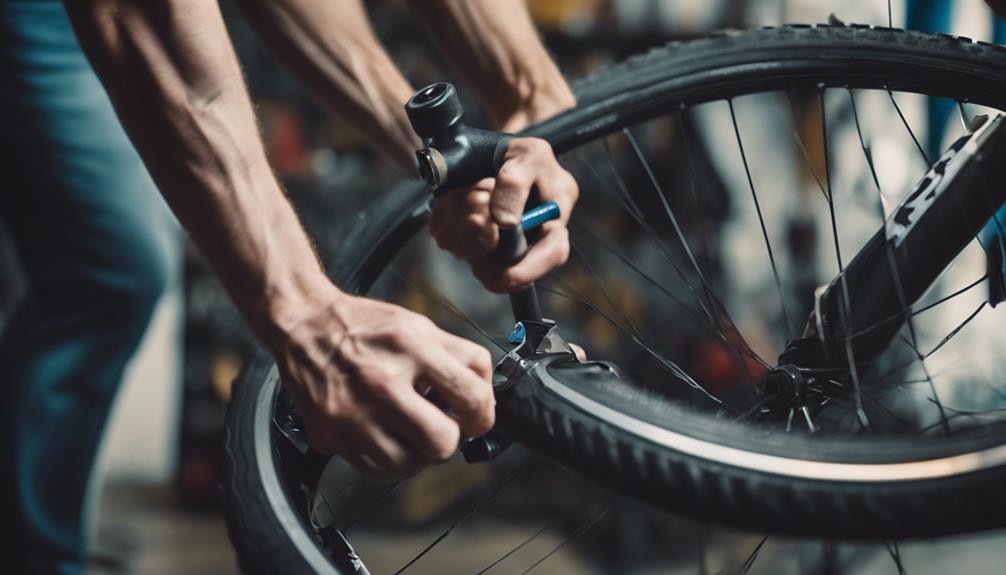Mountain biking is one of the most exhilarating outdoor activities, providing an opportunity to explore nature while engaging in physical exercise. However, with the thrill of navigating rough terrains comes the risk of accidents. To mitigate these risks, wearing a helmet is crucial. This article delves into mountain bike helmets, exploring their importance, features, types, and tips for selecting the right one for your biking adventures.
The Importance of Wearing a Mountain Bike Helmet
Safety should always be a priority for mountain bikers. Helmets play a vital role in protecting against head injuries, which can be severe or even fatal. According to the Centers for Disease Control and Prevention (CDC), head injuries account for around 20% of all mountain biking injuries.
- Injury Reduction: Statistics show that wearing a helmet can reduce the risk of head injuries by up to 85%.
- Legal Requirements: In many regions, wearing a helmet is mandated by law, especially for younger riders.
- Encouraging Safety Culture: Wearing a helmet sets a positive example for other riders and promotes a culture of safety.
Features of Mountain Bike Helmets
Mountain bike helmets are designed with specific features that enhance protection and performance. Understanding these features can help you make an informed choice when selecting a helmet.
- Material: Most helmets are made from expanded polystyrene (EPS) foam for shock absorption, covered with a hard outer shell made of polycarbonate or fiberglass.
- Fit System: A good fit is critical for safety. Look for helmets with adjustable retention systems that allow you to customize the fit to your head shape.
- Ventilation: Proper airflow is essential for comfort during long rides. Helmets with multiple vents help keep the head cool.
- Visors: Many mountain bike helmets come with visors that provide protection from sun glare and branches, enhancing visibility.
- Weight: Lightweight helmets improve comfort during long rides and reduce neck strain.
Types of Mountain Bike Helmets
Mountain bike helmets come in various styles, each designed for different riding conditions and preferences. Here are the main types:
- Cross-Country Helmets: Lightweight and ventilated, these helmets are ideal for riders who prioritize speed and efficiency over rugged protection.
- All-Mountain Helmets: These helmets offer a balance of weight and protection, making them suitable for a variety of terrains and riding styles.
- Downhill Helmets: Heavier and more protective, these helmets often feature full-face coverage, ideal for extreme downhill rides.
- Full-Face Helmets: Providing maximum protection, these helmets cover the entire head and jaw, commonly used in downhill racing and BMX.
- Convertible Helmets: These versatile helmets can switch between full-face and open-face configurations, making them suitable for various riding styles.
Choosing the Right Mountain Bike Helmet
Selecting the right helmet is crucial for safety and comfort. Here are some essential factors to consider:
- Fit: Measure your head circumference and try on different helmets to find the best fit. The helmet should sit level on your head and not move around when you shake your head.
- Certification: Ensure the helmet meets safety standards such as CPSC, ASTM, or EN 1078, which indicate that it has passed rigorous testing.
- Budget: Helmets come in various price ranges. While it’s essential to invest in a quality helmet, there are options available for all budgets.
- Style and Color: Choose a style and color that resonates with you. A helmet you like will encourage you to wear it consistently.
- Weight and Ventilation: Consider your riding style and preferences. If you ride long distances, prioritize lightweight and well-ventilated options.
Case Studies and Real-Life Examples
Understanding the impact of wearing helmets can be illustrated through various case studies and real-life examples:
In a study published in the Journal of Neurotrauma, researchers found that cyclists wearing helmets experienced significantly fewer head injuries during accidents compared to those without. This study highlights the effectiveness of helmets in reducing the severity of injuries.
A notable case is that of professional mountain biker Jared Graves, who sustained a severe head injury during a race. Thanks to his well-fitted full-face helmet, he survived the accident with minimal long-term effects. Graves advocates for helmet use, emphasizing that the right gear can save lives.
Maintenance and Care for Mountain Bike Helmets
To ensure your helmet remains effective, proper maintenance and care are essential:
- Regular Inspection: Check for any cracks, dents, or damage after every ride, especially if you’ve had a fall.
- Cleanliness: Clean the helmet with mild soap and water to remove dirt and sweat. Avoid harsh chemicals that can degrade the materials.
- Storage: Store your helmet in a cool, dry place away from direct sunlight to prevent material degradation.
- Replacement: Replace your helmet every 3-5 years or immediately after a significant impact, even if no visible damage is apparent.
Conclusion
Mountain bike helmets are a critical component of riding gear that significantly enhance safety while providing comfort and style. By understanding the different types, features, and maintenance of helmets, riders can make informed choices to protect themselves on the trails. Remember, a helmet is not just a piece of equipment; it is a vital investment in your safety and well-being. Always prioritize wearing a helmet, and encourage others to do the same, ensuring a safer mountain biking community for all.
